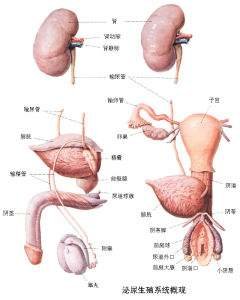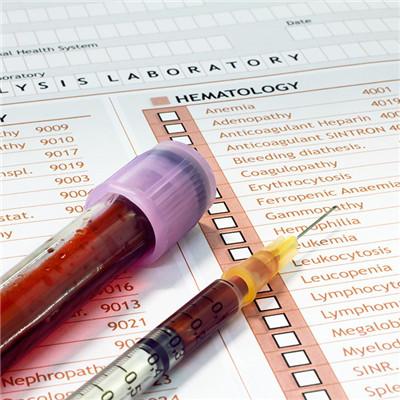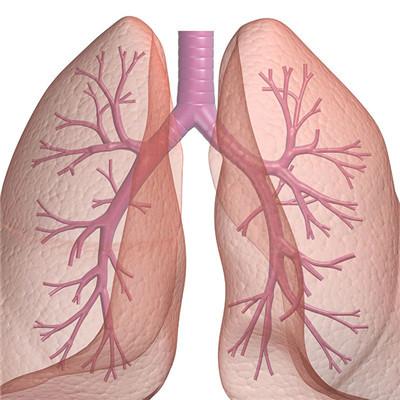Ascites early ascites symptom picture?
summary
Under normal condition, there is a small amount of liquid (generally less than 200ml) in the abdominal cavity of human body, which plays a lubricating role in intestinal peristalsis. Any pathological state that leads to an increase in the amount of fluid in the abdominal cavity is called ascites when it exceeds 200ml? Let's talk about it.
Ascites early ascites symptom picture?
1. Leakage ascites (1) hepatogenic: common in severe viral hepatitis, toxic hepatitis, various types of liver cirrhosis, primary liver cancer, etc. (2) malnutrition: rare. In patients with chronic malnutrition, plasma albumin is often decreased, which can cause edema and leakage ascites. (3) nephrogenic: seen in acute and chronic nephritis, renal failure, systemic lupus erythematosus and other connective tissue diseases. (4) cardiogenic: seen in chronic right ventricular insufficiency or constrictive pericarditis. (5) gastrointestinal origin: it is mainly seen in the diseases of protein loss from gastrointestinal tract caused by various gastrointestinal diseases, such as intestinal tuberculosis, gastrointestinal Crohn's disease, malignant lymphoma, intestinal lymphangiectasia, congenital intestinal lymphangiodysplasia, children and adult celiac disease, etc. (6) venous obstruction: it is common in Budd Chiari syndrome, inferior vena cava obstruction or compression, portal phlebitis, portal vein obstruction, thrombosis or compression, etc. (7) myxedema: seen in hypothyroidism, pituitary dysfunction caused by myxedema.

2. Exudative ascites (1) peritonitis: common in tuberculous peritonitis, spontaneous bacterial peritonitis, acute infectious peritonitis caused by abdominal organ perforation, cancerous peritonitis (including peritoneal metastasis of malignant tumor in abdominal cavity or pelvic cavity), fungal peritonitis, eosinophilic cell infiltrating peritonitis, etc. (2) pancreatic origin: acute necrotizing pancreatitis, pancreatic pseudocyst, chronic pancreatitis, pancreatic cancer, pancreatic duct dysplasia, etc. (3) biliary: common in gallbladder perforation, bile duct rupture, gallbladder, bile duct surgery or bile duct puncture injury. (4) chylous ascites: the causes of chylous ascites are complex, including intra-abdominal or peritoneal infection (tuberculosis, filariasis), malignant tumor (such as lymphoma, gastric cancer, liver cancer), congenital intra-abdominal or intestinal lymphangiodysplasia, lymphangiectasia or local pressure, abdominal trauma or intra-abdominal iatrogenic injury, and a few liver cirrhosis Portal vein thrombosis and nephrotic syndrome.

3. Although there are many reasons for bloody ascites, blood can only penetrate or leak into the abdominal cavity if there are some factors such as the rupture of blood vessels or capillaries, the increase of vascular osmotic pressure or the disorder of coagulation mechanism. (1) liver diseases: severe hepatitis, fulminant liver failure, postnecrotic cirrhosis, advanced stage of liver cancer (mainly coagulation dysfunction and blood leakage from the surface of liver capsule), rupture of hepatocellular carcinoma nodules, spontaneous rupture of liver during pregnancy, rupture of hepatic aneurysm, rupture of giant hepatic hemangioma and rupture of liver trauma. (2) peritoneal diseases: tuberculous peritonitis, peritoneal metastasis of abdominal or pelvic malignant tumor, primary peritoneal mesothelioma, peritoneal or omental blood supply disorders, etc. (3) other intra-abdominal lesions: rupture of abdominal aortic aneurysm, acute hemorrhagic necrotizing pancreatitis, traumatic or traumatic rupture of spleen, other intra-abdominal organ injury, mesenteric artery or vein embolism or thrombosis, portal hypertension with rupture of jejunal and ileal varices, intra-abdominal lymphoma, primary splenic lymphoma, serosal involvement of gastric cancer and colon cancer, chronic nephritis Uremia. (4) pelvic lesions: ectopic pregnancy, corpus luteum rupture, endometriosis, ovarian cancer or ovarian mucinous cystic carcinoma.

matters needing attention
Rich nutrition and enough calories are necessary for the recovery of the disease. For example, protein and vitamin should be supplemented in case of hypoproteinemia; For patients with severe renal and liver failure, protein should be limited, mainly carbohydrate; For hepatic ascites, there should be enough calories, the daily calorie should be more than 2000 kcal, carbohydrate should be supplemented, protein should be 1-1.2 g / kg per day, and protein should be limited to about 0.5 g / kg per day in hepatic encephalopathy.














